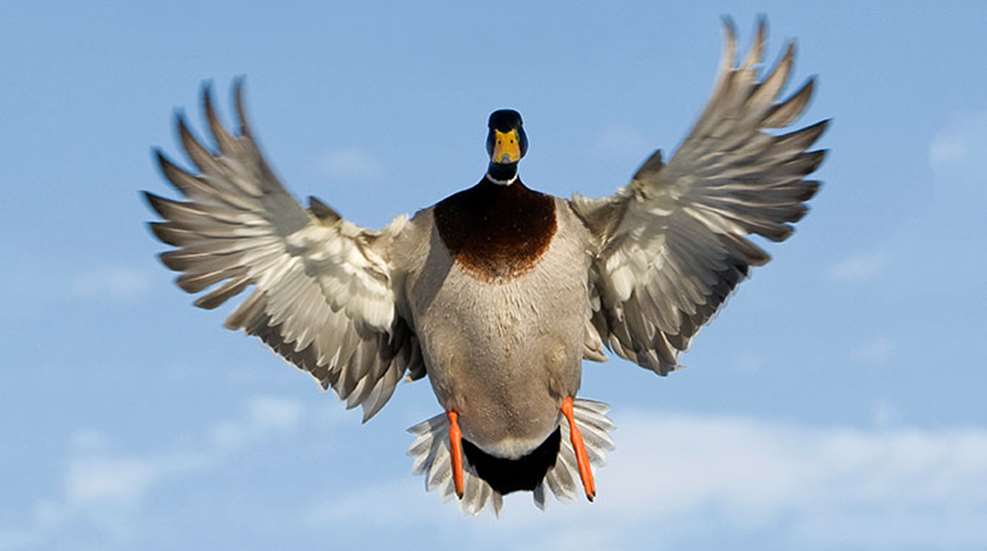
Duck hunters are creatures of habit: Get up long before the sun, report to your favorite spot, throw out the decoys and wait for the birds to start moving. Most days it’ll work, and if it doesn’t, you can always come back for an evening shoot and nail ’em before sunset, right
Not always. Duck hunters are creatures of habit because ducks are creatures of habit—but not every flock plays by the same rules. If you’re willing to make adjustments to your schedule, you could be on your way to greater success at all hours of the day.
Duck Commander’s Jase Robertson ran into a challenging scenario a few years ago. He and the Duck Commander crew acquired a river-bottom field near an area where they timber hunt, thinking it would hold ducks in the area, perfect for their late-season timber hole. Over the course of the season that field became a giant roosting hole. The problem? For whatever reason, the boys could never seem to kill any ducks in those adjacent timber holes.
"The ducks would pour into the field after sunset, but would get up and leave before sunrise,” Jase said. “It didn’t seem to bring any ducks to our timber holes. All the ducks would be there when we drove to the blinds before daylight, and then would leave the field before legal shooting hours began.”
Nothing Jase and his crew tried worked. Even during an evening hunt, the crew noticed the birds would get up from everywhere in that field when they drove out to the blind.
Upon further investigating where these late-afternoon birds came from and when they arrived in the field, Jase determined these ducks weren’t the same ones that would roost there overnight. At first he thought it was a phenomenon, but over the course of time he realized it was a regular pattern.
After Jase convinced the rest of the Duck Commander crew, the guys started hunting the hole from 1-4 p.m. The result? It became one of their most productive honey holes. “It’s important to go where the ducks are,” Jase noted, “but make sure you’re hunting during their patterns, and not always what is convenient for you or the traditional duck hunting methods.”
Quick Tip: If you want to try duck hunting but don’t know where to start, check out these tips and how-to videos for beginners at duckcommander.com.




































